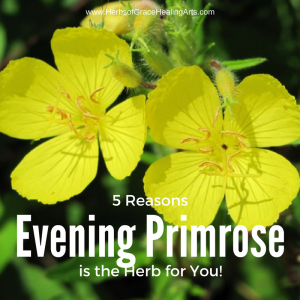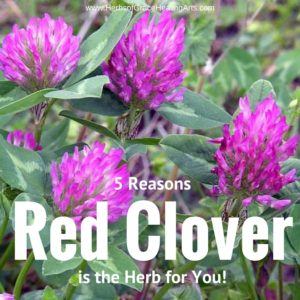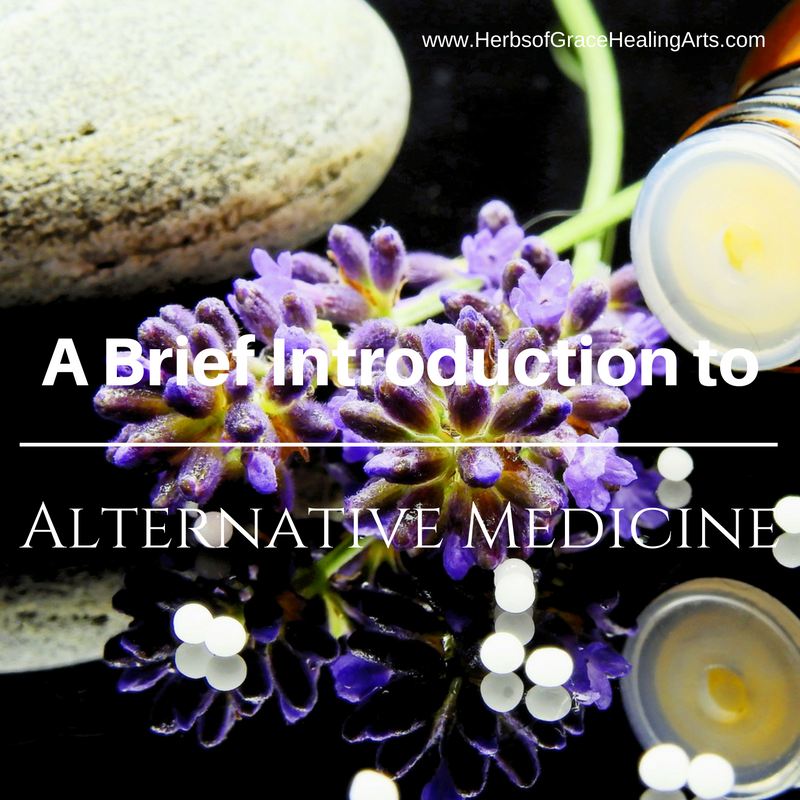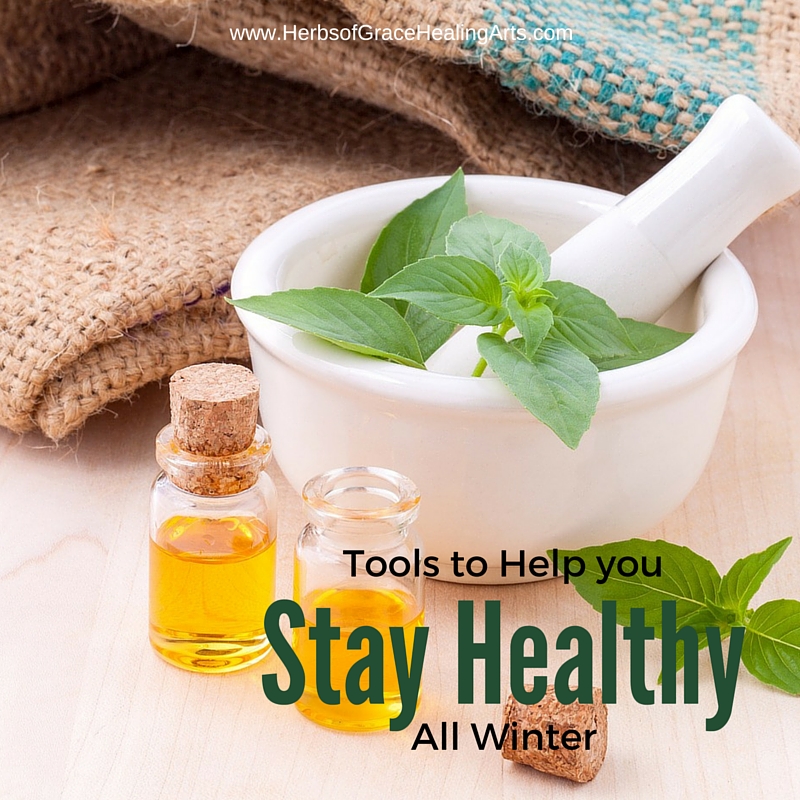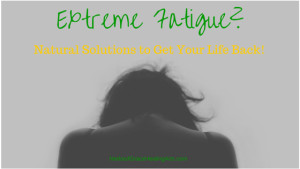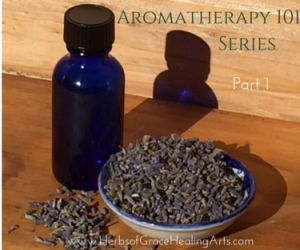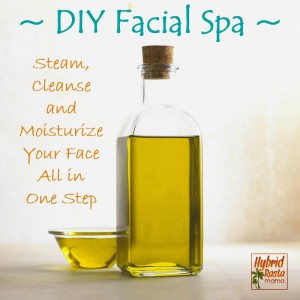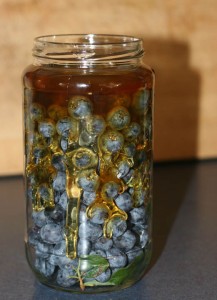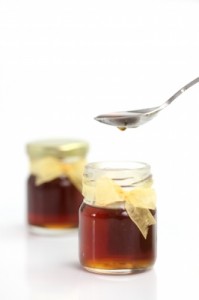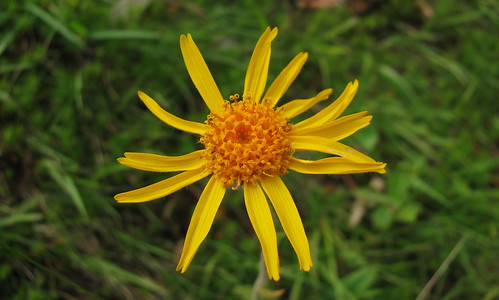As we spoke about in An Introduction to Alternative Medicine, many different natural therapies are becoming very popular in our society these days. We already learned the basics of herbal medicine here, here and here. Another of my favorite natural modalities is Homeopathy.
Many people misunderstand the word “homeopathy” and think it to be the equivalent of “home remedies”. In reality, Homeopathy is a unique and complete system of natural medicine developed hundreds of years ago and practiced by close to 500 million people around the world today.
Homeopathy is a wonderfully safe, effective and gentle healing art that was founded in the late 1700’s by a physician named Samuel Hahnemann in Germany.
The practice of Homeopathy is based mainly on three fundamental principles. Let’s take a quick look at each of them.
The Law of Similars
The first fundamental principle of homeopathy is based on the Law of Similars; the principle of “like cures like”. Hahnemann called this the similimum. This has also been stated as: Similia Similibus Curentur – let like be cured by like. This concept has been acknowledged since the times of the ancient philosophers and physicians. Hippocrates, Galen and Paracelsus have all touched on the philosophy of the Law of Similars.
What this means is that a disease can only be cured by a remedy that produces the same or similar symptoms, when given to healthy people, that the disease produces in those who are afflicted with it.
So, for example, a condition like hay fever, which produces uncomfortable, watery eyes and runny nose would be treated with Allium cepa (a remedy made from the onion plant) because onions can produce the same symptoms in a healthy person.
The Infinitesimal Dose
The second principle of homeopathy is that of the infinitesimal dose. One of Hahnemann’s driving forces behind his search for a better system of medicine was his disgust for the medical treatments of the time. The administration of massive doses of poisonous medicines, common at the time, led him to state in par 2 of the Organon of Medicine (Hahnemann’s definitive work on the healing art and science of Homeopathy), “ The highest ideal of therapy is to restore health rapidly, gently, permanently; to remove and destroy the whole disease in the shortest, surest, least harmful way, according to clearly comprehensible principles.”
He designed his original provings to gradually reduce the dose to determine the smallest dose that would still remain therapeutically effective. By coincidence, what he found was that not only are infinitesimally small doses even more therapeutically effective, but they are also completely free from the side effects that may be present in larger doses.
The Treatment of the Whole Person
Homeopathy is a very individualized modality of medicine. It aims to treat the whole person, to bring about a rebalancing of the vital force, and complete disappearance of all symptoms, or in other words, a total cure.
In homeopathy, the remedy is matched to the individual, as well as to the symptoms, so people who have the same symptoms may receive different remedies. The entire makeup of the patient –their constitution – is taken into consideration when choosing a homeopathic remedy. Hahnemann says in the Organon, par 5: “In bringing about a cure the physician should consider: the evident physical constitution of the patient (especially in chronic affections), his affective and intellectual character, his activities, his way of life, his habits, his social position, his family relationships, his age, his sexual life, etc.” The remedy is matched in every way to the patient – physically, mentally, emotionally, spiritually, according to lifestyle, environment and family medical history. Determining whether a person is anxious, overweight, straight forward and light haired, or confidant, thin, artistic and dark haired can make all the difference in prescribing the correct remedy for that particular person. This shows that homeopathy is indeed a “wholistic” form of treatment and it is, in fact, the third principle of homeopathy – to treat the patient as a unique individual and not just a set of symptoms, or the bearer of a disease.
A fascinating and effective form of natural medicine, homeopathy is becoming accepted in more and more segments of society around the world. In fact, the government of Switzerland recently released a report in favor of homeopathy and its inclusion in their country’s national health care system.
In the next installment, we will look further into specific homeopathic remedies, their uses and why they should be included in your home medicine kit.
Have you used homeopathy?
What are your favorite remedies?
Let me know in the comments.





